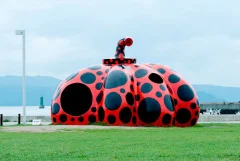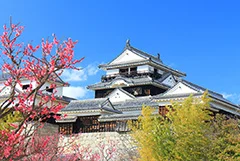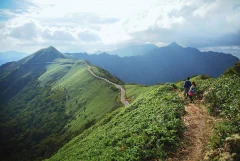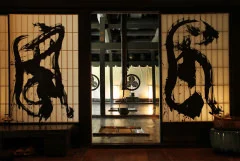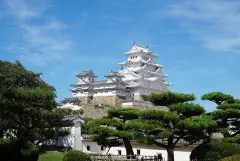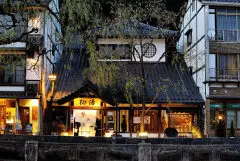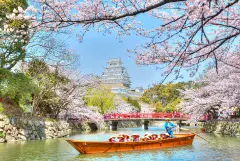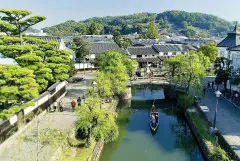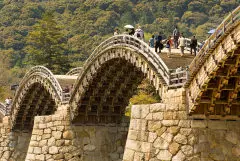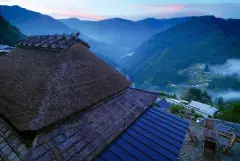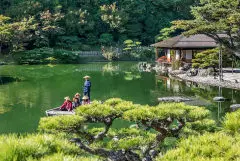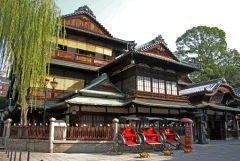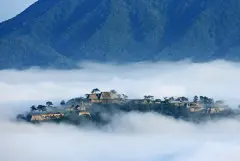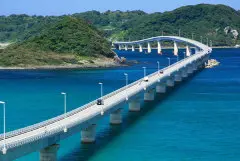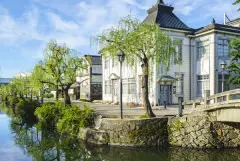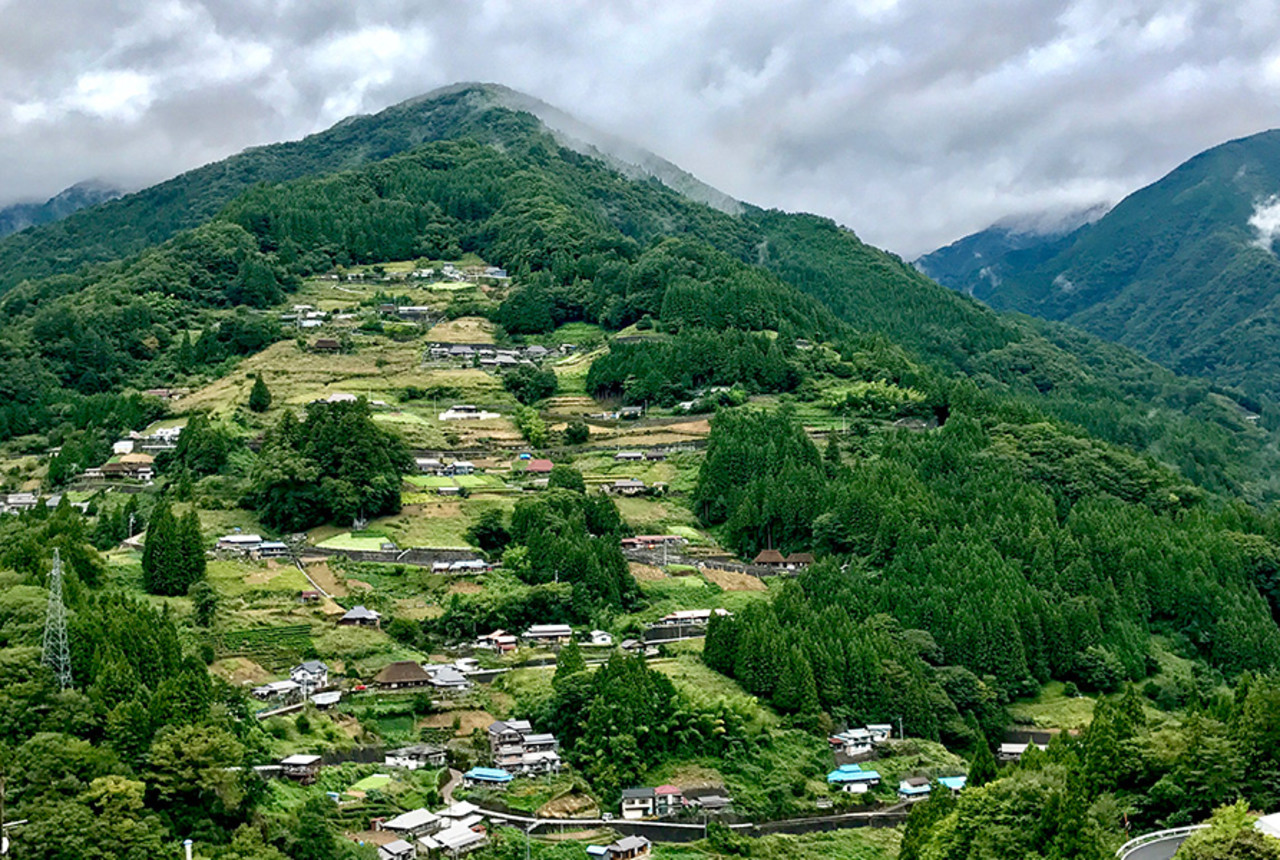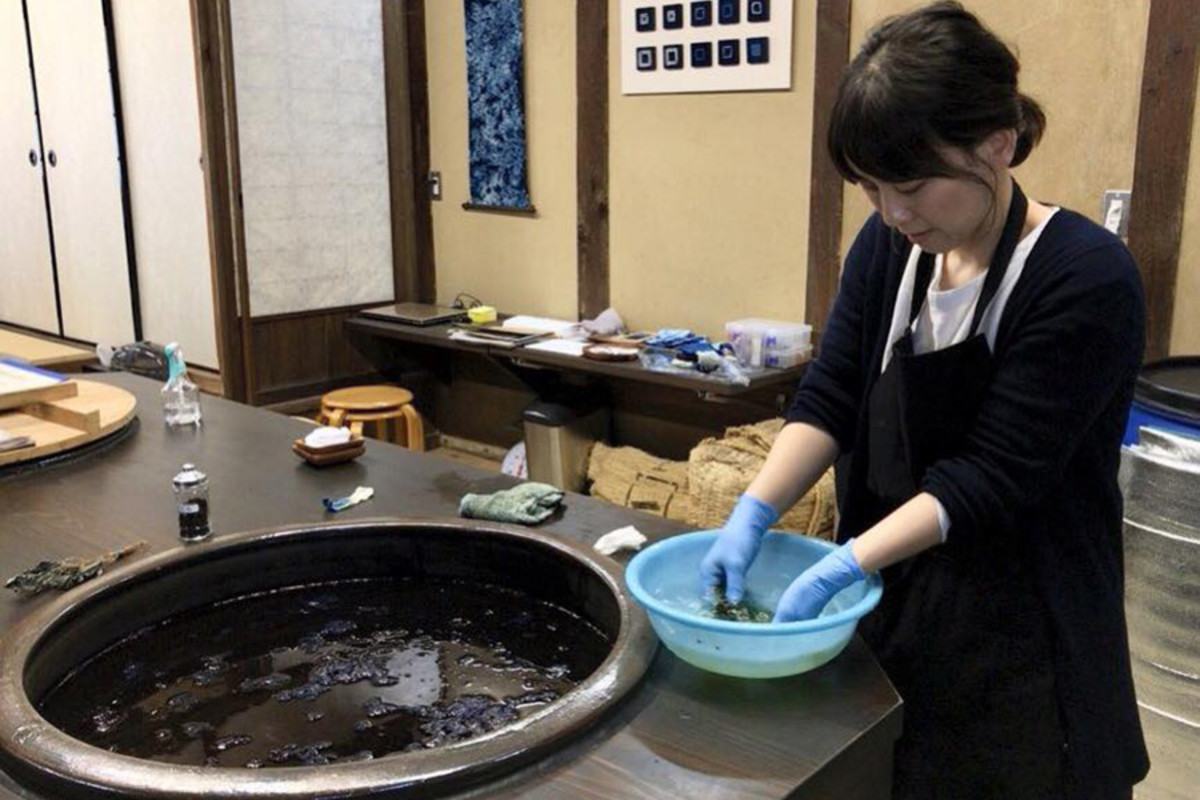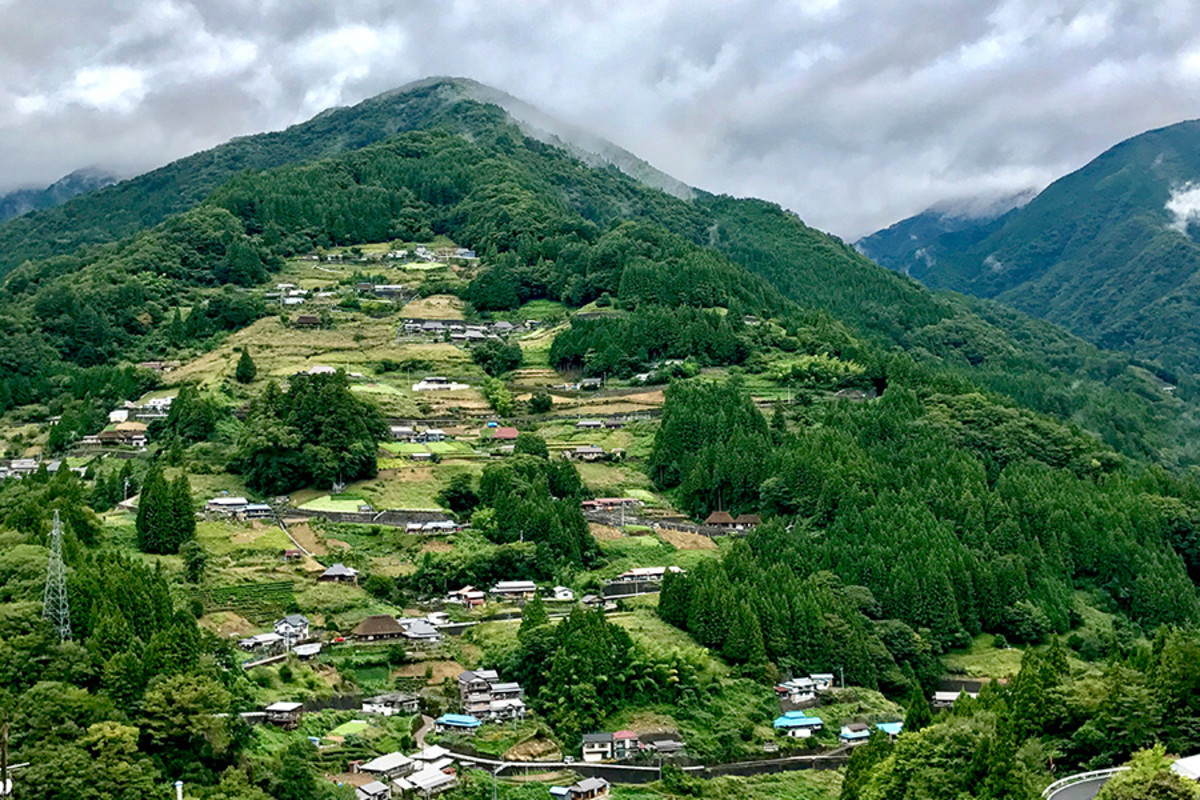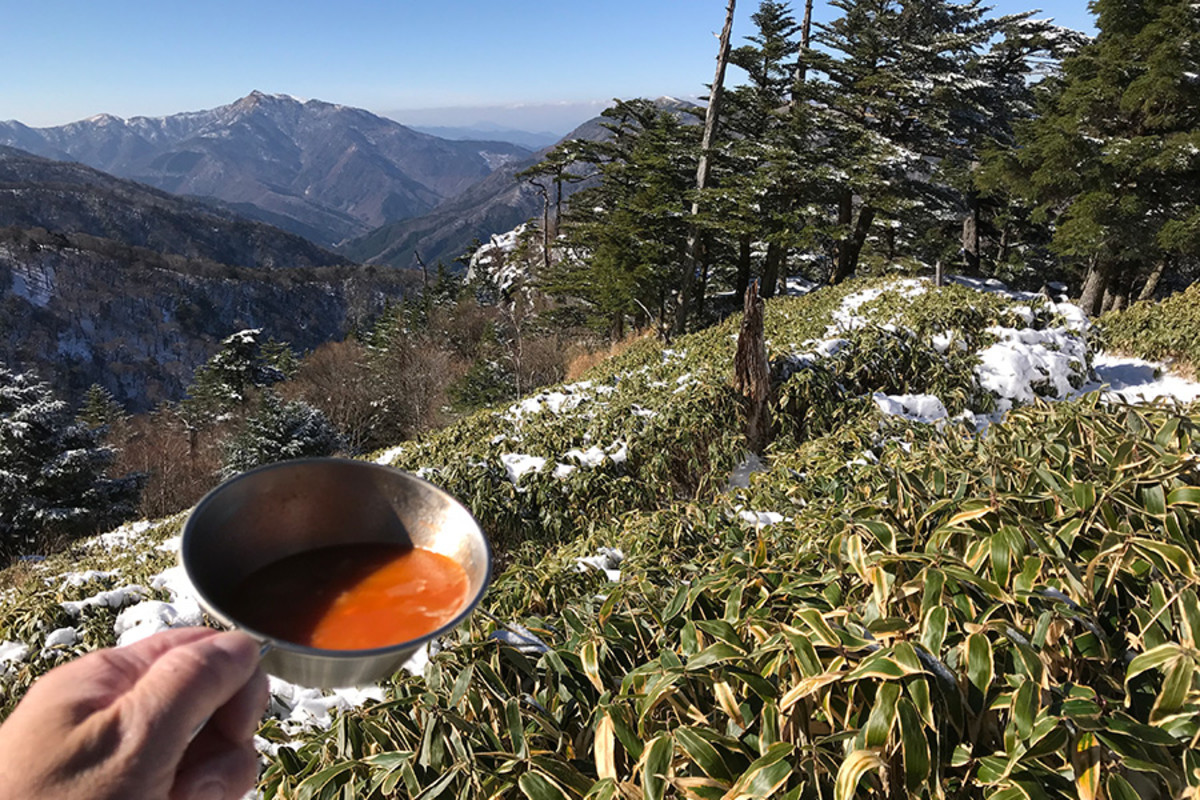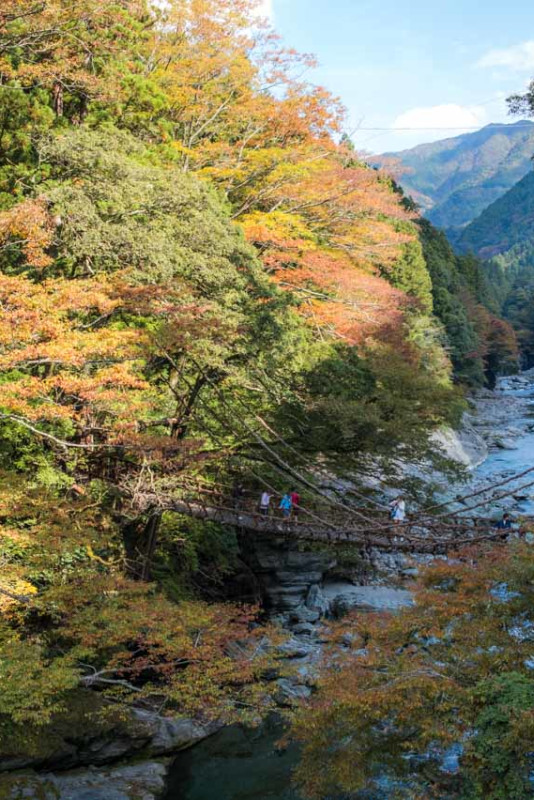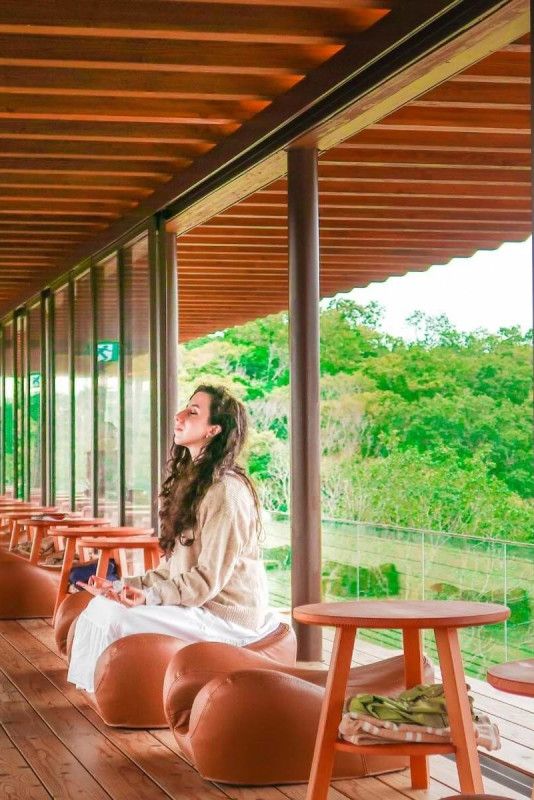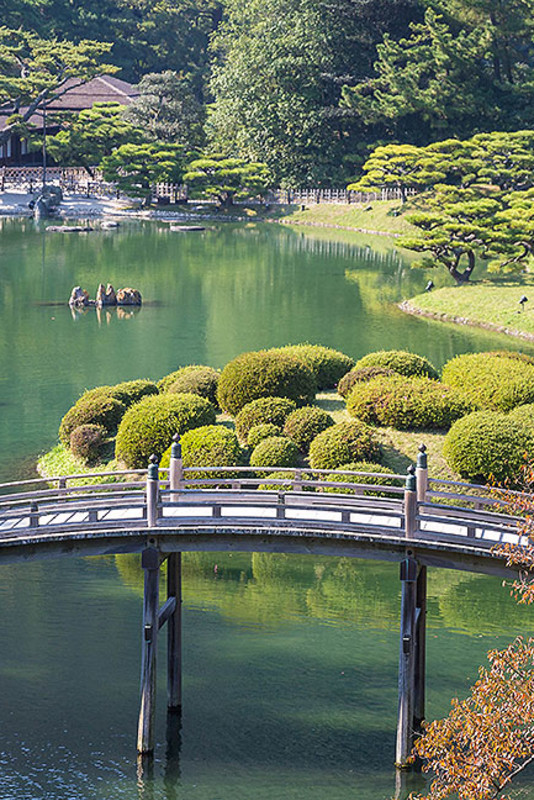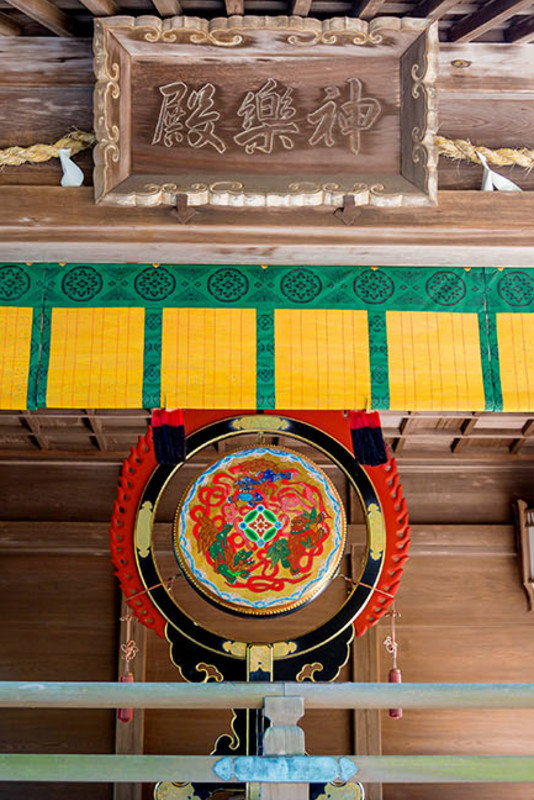Itineraries
Experience the slow life in rustic homes on the mountainside

At the crossroads of Shikoku
From ancient times, the Nishi-Awa district was the crossroads of Shikoku Island with its four domains (‘shi’ = four, ‘koku’ = domain). Located in the mountainous heart of Shikoku, anyone travelling between the domains would pass through this area. Today, roads have been cut along the low-lying river valleys. But in olden times, human pathways travelled high up, over the tops of the mountains, and with good reason. The valley bottoms were rocky and prone to flooding. Dangerous wild animals lurked. The hours when sunlight falls in the valleys are short, making it impossible to grow crops. And so human communities developed on the heights, where all the necessities for life can be obtained.
Since there’s no flat space anywhere on the steep mountainside, platforms had to be created using stones as the foundations for houses and paths. These walls are made without mortar and cement, using only careful placement of the stones to keep them in place. But once built, these walls have lasted for centuries.
Ancient sustainable farming methods
With no flat ground for growing food, the farmers of the hills developed ways of coping with the challenges of cultivation on slopes. The rows of crops follow the curvature of the hillside to prevent erosion and trap water rolling down the slope. Farmers collect wild grass and store it in stooks. This nutrient-rich organic material is then used to mulch food crops, in a completely natural and sustainable process. Not surprisingly, food produced in this way tastes wonderful too.
- Day 1
- Tokushima-Mima-Miyoshi
Legend and enormous trees will enliven your stay in this unique region.
Arrive at Tokushima Awaodori Airport, and take a taxi to Nishi-Awa.Head upstream along the Yoshino River and visit the indigo dyeing studio in Wakimachi.Lunch is fresh vegetables at a farm restaurant.In the afternoon, visit the Iya Valley on the Yoshino River, and stay at Oboke and Iya.
Tokushima Awaodori Airport — Wakimachi indigo dyeing studio —- Fuchimyo Village Farmhouse Restaurant Fuwari — Oboke and Iya Onsen
- Day 2
- Miyoshi
Enjoy the slow life in a comfortable Kominka.
In Iya, cross the swaying kazurabashi, a bridge made of vines.For lunch, enjoy regional cooking of vegetables and soba made by the farmer’s mother.In the afternoon, visit Nagoro Village, inhabited by life-sized dolls.Stay in a kominka guest house in Ochiai Village.
Oboke and Iya Onsen — Vine Bridge — Higashi Iya Soba Dojo — Nagoro Village of Dolls — Ochiai Kominka Guest House (Tougenkyo-iya)
- Day 3
- Miyoshi-Tokushima
From gentle exercise to full adrenaline rush, Nishi-Awa is an adventure playground.
Surrounded by beautiful mountains, enjoy various activities in the deep valley of Oboke and Iya.You can hike Mt. Tsurugi, try zip lining, tree trekking, rafting, or take a sightseeing boat through Oboke gorge.In the afternoon, head to Takamatsu Station or Takamatsu Airport.
Ochiai — Various activities — Oboke Gorge sightseeing boat — Takamatsu Station / Takamatsu Airport
Photographs & text by General Incorporated Association Sora no sato

